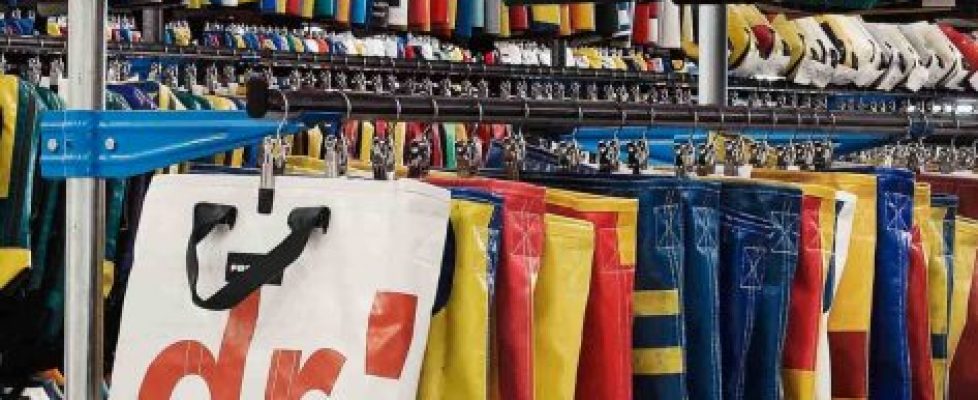Planet
Planet.
Sustainable Development has the widely important theme, which is synonymous with environmental protection, health, energy and materials, and even the ecological macro-environment circle in general, and is closely related to the survival and development of human beings. The 4 pillars should be reflected by sustainability development in the Fashion Business School at London College of Fashion in the UAL: Planet, People, Profit and Purpose.
The Planet is the first pillar that should be introduced with the Sustainable Development Goals (SDG’S) in this blog. Although the UN Sustainable Development Goals are including 17 goals, the fashion industry is closely related with GOAL5.Gender Equality,9.Industry, innovation and infrastructure,10.Reduced Inequality,11.Sustainable Cities and Communities,12.Responsible Consumption and Production,13.Climate Action(unsdgs,2023). Then the research shows that ‘The fashion industry is one of the most wasteful on the planet, and much of this is down to overproduction. Clothing production doubled between 2000 and 2014, McKinsey & Company reported, and numbers have risen further since. The consultancy also estimates that 40% of all items produced by the sector are sold at a markdown, and tackling overproduction could reduce carbon emissions by 158 million tonnes a year.’ (Drapers,2022)
Moreover, the goal 12. Responsible Consumption and Production are connected with a circular economy, which buyers can make more strategic purchases that benefit consumers and the fashion market with fewer resources. The sustainability of fashion business development that follows the goal12 is more resource efficient, and responsible consumption and production means eliminating the link between economic growth and environmental degradation promoting sustainable lifestyles and a transition to a green, low-carbon economy.
Therefore, the circular economy truly happened in the Planet pillar which includes Reduce, Reuse and Recycle, in many companies to follow the role of sustainability in the fashion industry. Sports area brands like Adidas enforce the reuse&recycling formula of the degradable ocean plastic with eco-friendly sneakers to end too much more pollution in water and follow the circular economy system. In this case, the relationship between sustainability and fashion is mutually reinforcing. At the same time, brands must balance the value of recycled fashion items and reasonable consumer purchases with the quality of a circular economy that meets buyer expectations. On the other hand, since 1993 a brand called Freitag has been committed to the concept of environmental protection and recycling, which is in line with the SDGS philosophy. Surprisingly, Freitag has made use of car cover fabric to create uniqueness, making their brand of backpacks not only waterproof but also catering to the specific needs of consumers. They also have a safe environmental concept, as they know that discarded fabrics and recycled products can have bacteria, so they will sterilise them several times before producing new products for recycling.(FREITAG,2022)
In the fashion buying and merchandising, as a fashion buyer, the support for a green economy in the market is based on the guarantee of the quality of recycled goods and the consumer’s desire to balance the purchase of normal goods aesthetically. In the Planet Pillar, the fashion department needs to set up the circular economy to market brands. Thus, achieving sustainable fashion development solves the problem of the second source of pollution faced by the industry first. (True Cost, 2015)
